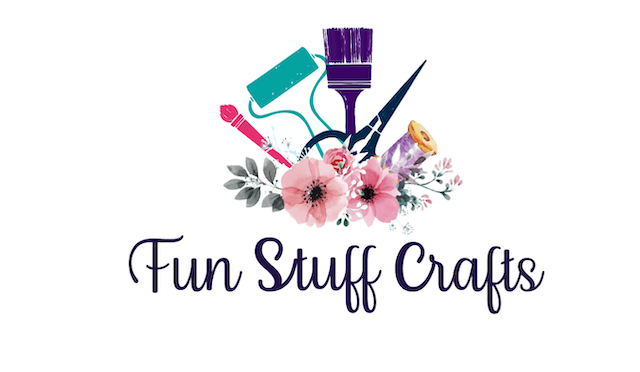How to Up-Cycle and Make a DIY Chalkboard?
If you follow my blog you will know that a visit to my local thrift stores inspires me to create. I mentioned this in one of blog post, “10 Ways to Inspire“. I picked up some kitchen cupboard doors and decided to make an up-cycled chalkboard sign with them. This is a step by step direction that will show you how to up-cycle.

Supplies
- Paintbrush
- Chalk Paint (White and another color)
- Foam Paint Roller
- Chalkboard Paint
- Cupboard Door
- Painters Tape
Sandpaper or Sanding Block
 Step 1 – Cupboard Door Prep
Step 1 – Cupboard Door Prep
The first thing I like to do with my cupboard door is dust it off. Then I take the sandpaper or a sanding block and run it along the surface. This will help the paint adhere.
Step 2 – Chalkboard Paint
I like to apply the chalkboard paint first to the project and then the framed color. I apply three coats of the Chalkboard paint. Making sure that you let each coat dry completely. The trick to chalkboard paint is to try and not have any lines in the paint. You want your finish to be smooth.
Step 3 – Base Coat
For the teal project above, I decided to do a base coat and a top coat and distress the border of the frame. If you want to do this, the first thing you need is a base coat. The base coat will only show through the distressing. I decided on white for my base on this project. Apply one to two coats of the base color. If you want to be safe, you can tape off the chalkboard paint but wait at least a couple of hours before applying tape to the chalkboard paint. If you only want one color you only need to apply the base coat. That is what I did for the white chalkboard above. If you choose this option, you can skip to step 6.
Step 4 – Top Coat
Now it is time to apply your top coat. I chose a teal color for my top coat in this example. Apply two coats of the top coat. Make sure you let each coat dry completly.
Step 5 – Distressing
If you applied a top coat you will want to distress it now. Make sure your paint is good and dry. I take a piece of sandpaper and gently sand in the areas that I want the white paint to show through. The cabinets have defined edges, and I find that the edges are a good place to start. You can distress and much or little as you want.
Step 6 – Waxing
To protect your frame or border finish it is a good idea to apply a wax finish. I used clear for this project. One or two coats will really help protect your project.
Step 7 – Conditioning Chalkboard
The final step is to condition your chalkboard. I take a piece of white chalk and laying it sideways. I rub it all over the chalkboard and then wipe it with a dry paper towel. You do not want to wipe your new chalkboard with water for at least 3 days. There you have it, an up-cycled chalkboard sign that you created. Now you can easily use it for your fun activities as well as for important reminders. Give it as a gift or use it yourself! I hope this inspires you to try it out! I would love to hear what you think about this project, or if you have ideas for future projects, please let me know. 

